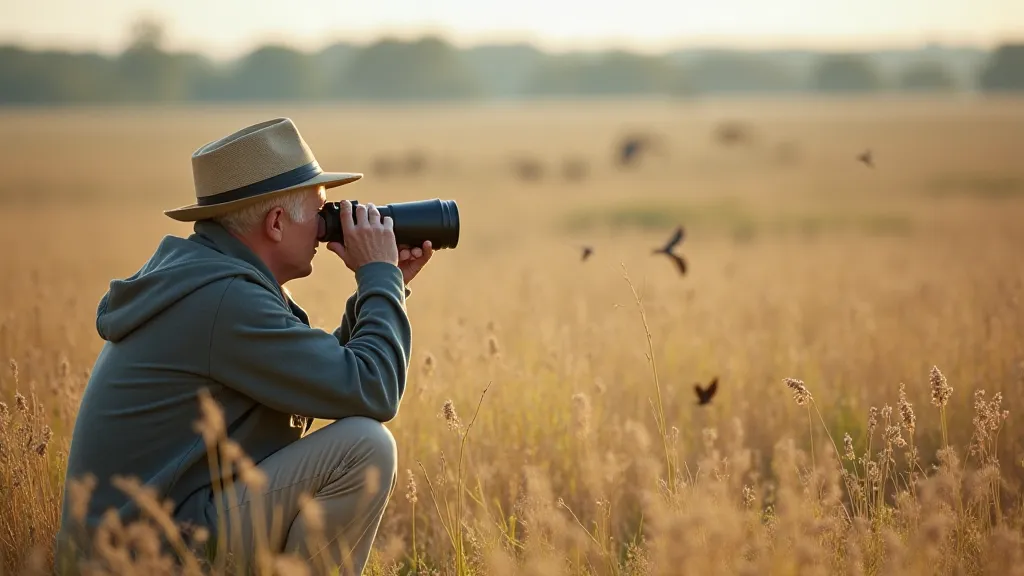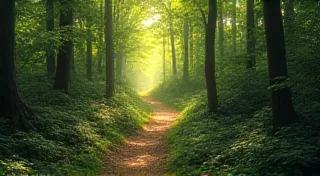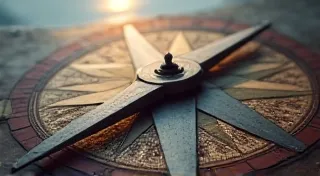The Sentinel’s Vigil: How Birds Reveal Environmental Shifts
There's a quiet dignity in observing the natural world. It's a stillness that allows the intricate dance of life to unfold before you, revealing secrets whispered on the wind and etched into the landscape. For the birdwatcher, this isn't merely a hobby; it's a vigil, a dedication to witnessing the ever-changing story of our planet, often told through the fragile lives of birds. We, as enthusiasts, become unintentional sentinels, often noticing subtle changes that might otherwise go unnoticed – shifts that signal a larger environmental narrative.
I remember my grandfather, a taciturn man of the fields, teaching me the language of the meadowlark. He didn’t use grand pronouncements; he’s just point, listen, and occasionally offer a knowing glance. He understood that the meadowlark’s song, once a ubiquitous sound of summer, was becoming rarer, the silence a growing worry. This wasn’s about knowing the scientific reasons—though he certainly grasped those as well—it was an intuitive sense, a feeling that something precious was fading. It sparked in me a lifelong fascination, not just with identifying the birds themselves, but with understanding what their presence—or absence—signified.
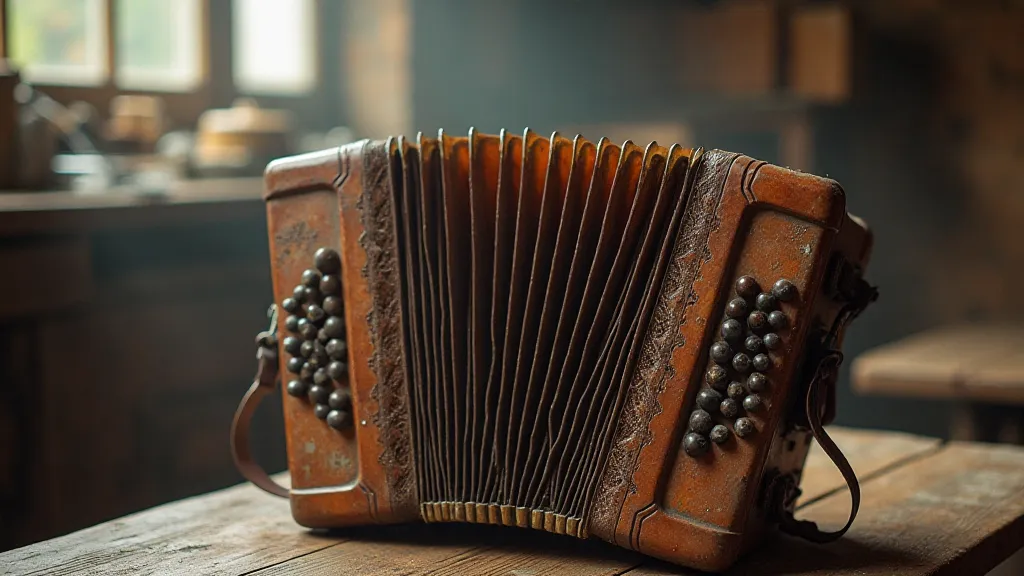
Birds as Bioindicators: A Historical Perspective
The idea of using organisms as indicators of environmental health isn't new. Early naturalists, long before formal scientific methods were established, observed that certain species thrived in certain areas and declined when those areas were disturbed. The Roman poet Virgil wrote of the changing migratory patterns of birds, hinting at alterations in the natural order. However, it was the rise of ecology as a formal science in the 19th and 20th centuries that truly cemented the concept of bioindicators.
Rachel Carson’s seminal work, *Silent Spring*, is perhaps the most famous example of how birds highlighted environmental peril. She vividly illustrated how the indiscriminate use of pesticides was devastating bird populations, creating a “silent spring” devoid of birdsong. This wasn’t just about fewer birds; it was about a cascading effect, impacting the entire ecosystem. The decline of birds, Carson argued, was a warning sign that humans were disrupting a delicate balance.
Specific Indicators and Their Meanings
Different bird species react to environmental changes in distinct ways. Migratory birds, for example, are incredibly sensitive to shifts in temperature and food availability along their routes. Changes in migration timing, deviations from traditional routes, or even declines in the number of birds completing migrations can all signal underlying problems. A longer-than-usual migration, for instance, may indicate a mismatch between the bird's arrival and the peak abundance of insects it relies on for sustenance. Sometimes, the wonder of discovering these patterns feels almost like creating a personal birdwatching atlas, meticulously charting these changes over time.
Coastal birds are particularly vulnerable to rising sea levels and habitat loss. The dwindling numbers of shorebirds along our coastlines, often reliant on specific tidal flats for feeding, are a stark reminder of the impact of climate change and human development. Similarly, birds that rely on specialized habitats, like the Kirtland’s Warbler, which nests almost exclusively in young jack pine forests, are severely impacted by habitat loss or changes in forest management practices. Their population is a direct reflection of the health and availability of that specific forest type.
Even seemingly insignificant changes in bird behavior can be telling. Birds exhibiting signs of stress, such as increased aggression or erratic flight patterns, can be indicators of exposure to pollutants or disease. Changes in diet, such as a shift away from insect-based foods to less nutritious alternatives, can also signify a disruption in the food web. It’s easy to overlook these subtle cues, and that's where a deeper understanding of bird behavior – the ability to notice the almost imperceptible shifts – becomes so critical. Perhaps, finding wonder in the mundane details of bird life is key; it's about appreciating the sparrow's theorem, the profound lessons hidden within the everyday.
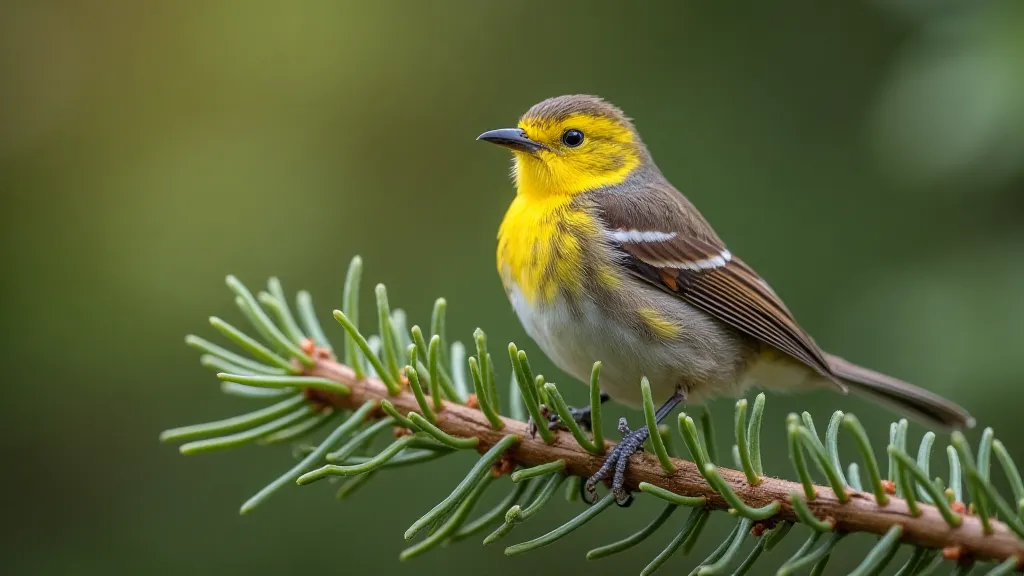
The Accordion's Parallel: Echoes of Decline and Restoration
There’s a parallel here, oddly enough, with the world of antique accordions. These instruments, once commonplace in homes and dance halls, have experienced a similar decline. The rise of new musical forms, changes in societal tastes, and the lack of skilled repairers have all contributed to their scarcity. Each neglected accordion tells a story of a fading tradition. However, the resurgence of interest in vintage accordions – the dedicated restorers painstakingly bringing them back to life, the musicians rediscovering their unique sound – mirrors our own efforts to understand and protect bird populations.
Just as a skilled accordion restorer understands the intricate workings of the instrument – the valve mechanisms, the reed construction, the leather bellows – the birdwatcher needs to understand the ecological factors that influence bird populations. Both require a deep appreciation for craftsmanship and an understanding of the history behind the object. Restoring an accordion isn’t just about fixing it; it's about preserving a piece of cultural heritage. Similarly, protecting bird populations isn't just about counting birds; it's about safeguarding the ecosystems they inhabit. The sounds of the natural world, like those from a beloved instrument, carry with them a depth of meaning that can be easily lost if we’re not vigilant in their preservation. Those familiar with the quiet decline of natural habitats often recall the echoes of the rookery, a haunting reminder of what's been lost and what we must strive to protect.
What We Can Do: Becoming Active Sentinels
The role of the birdwatcher extends beyond observation. We can become active participants in conservation efforts. Contributing to citizen science projects like eBird allows researchers to gather vast amounts of data on bird distribution and abundance. Supporting organizations dedicated to habitat preservation and restoration is also crucial. Even simple actions, such as reducing pesticide use in our gardens and advocating for responsible land management practices, can make a difference. The early morning hours, when the world is awakening, often provide the most profound insights into the rhythms of nature; it's a chance to experience the rhythms of the dawn and connect with the natural world in a meaningful way.
The birds are speaking. They are communicating a story of change, of challenge, and of hope. It’s our responsibility to listen carefully, to understand their message, and to act accordingly. Like those dedicated to bringing antique accordions back to life, we must embrace our role as custodians of the natural world, ensuring that the chorus of birdsong continues to resonate for generations to come. The task of understanding and protecting these fragile ecosystems is one that requires dedication, patience, and a profound respect for the intricate web of life. By embracing our role as active sentinels, we can ensure that the sounds and sights of the natural world continue to inspire and enrich our lives for years to come, and hopefully, future generations can enjoy the same profound connection with nature that we do today. The increasing awareness of the importance of conservation has led to many insightful discussions about ecological responsibility and the need to safeguard these fragile ecosystems for generations to come. Continued research and educational initiatives can help us further understand the complex interactions within these environments and develop effective strategies for their preservation. Ultimately, our ability to protect the natural world hinges on our collective efforts and a deep commitment to ecological stewardship.
